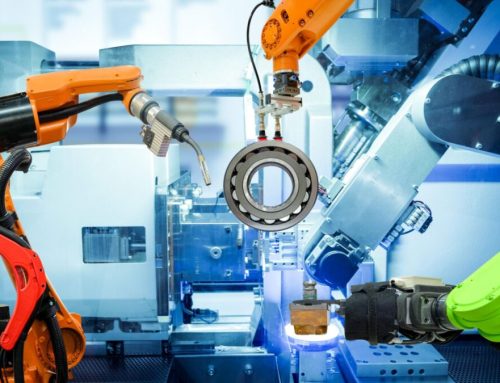Autonomous construction
We are, for example, seeing a huge proliferation of construction technology start-ups, many of which are moving us closer to fully-autonomous machines on construction sites. This may worry some, but it shouldn’t; the primary drivers are efficiency, reduced emissions and the enhanced comfort and safety of operators.
Gaurav Kikani, vice president of the tech start-up Built Robotics, believes a different method of construction is long overdue. He says, “The way we build today is largely unchanged from the way we used to build 50 years ago. Within two years, I think we’re really going to turn the corner, and you’re going to see an explosion of robotics being used on construction sites.
“We’ll start to see technological innovation move from the mechanical side to the software side. This change will ultimately be a big win for the construction industry and help us build better, faster, and more productively to face the biggest challenges in the built world.”
Available on the market today
In this feature, we are looking at the diverse applications that can be undertaken by semi- and fully-autonomous equipment that is – more or less – available to contractors today. A straightforward example is Bauer subsidiary Rammtechnik’s (RTG) Operation Remote Control for piling rigs.
With the new tool, RTG says the entire set-up process can be carried out by an operator in just 15 minutes, with significant safety benefits, particularly on sites where space is at a premium.
Bernhard Lindermair, RTG’s managing director, said, “The newly-developed operation remote control can be used for all applications. With the remote control, you bring the rig into position and you get all the functions for the operation on the remote-control unit.
Jason Ramshaw, global commercial manager for Cat Productivity – Automation & Autonomy, said the latest version of the Command solution has the potential to give operators total, almost-real-time control of their machines from anywhere in the world.



